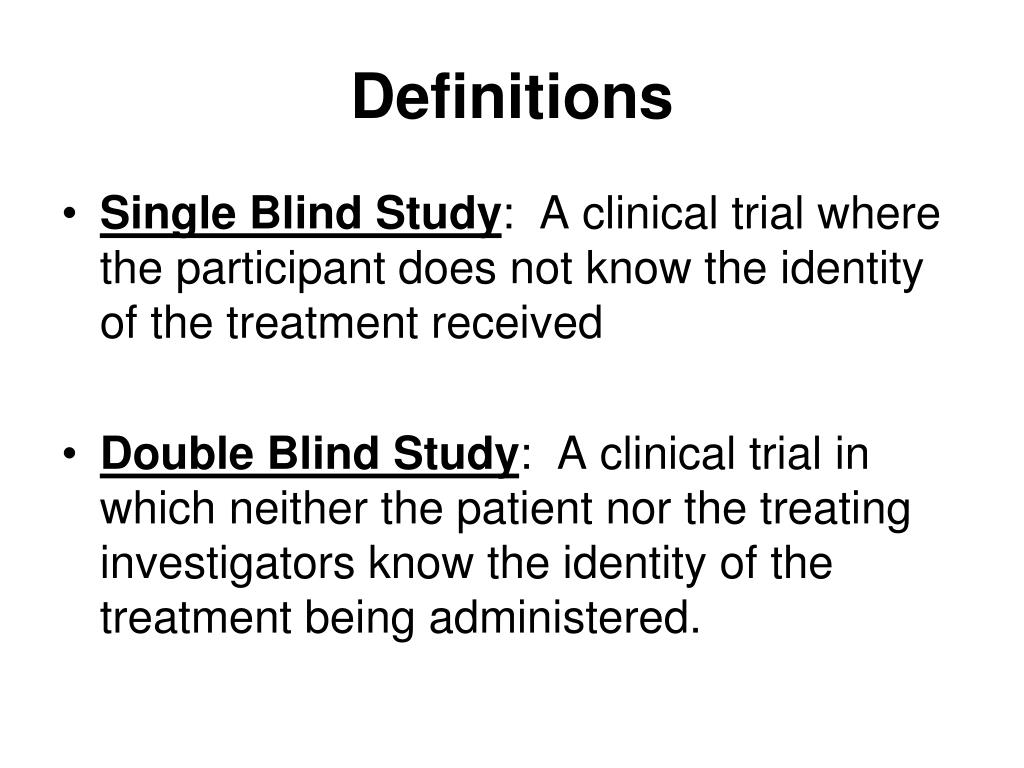

Before you start up and back out of your driveway, take a quick turn around the vehicle to make sure nothing, living or inanimate, is under or behind your wheels.Blind spots are areas around a vehicle that the driver can't see by looking through windows or in conventional mirrors. If you can see his face in his side-view mirrors, he can see you too.įinally, remember that even parked vehicles have blind areas. When driving near large trucks always try to make sure you are visible to the driver. It is not a brilliant idea to drive so close to the rear of a vehicle you can't see around or over when the driver may not even know you are there.
#Blind drive meaning drivers#
Some drivers do this in order to "draft," using the suction created behind the semi to save on gas. In this situation, the driver cannot see anything happening directly behind him unless he sticks his head out and looks.Īlso it is possible to "hide" completely behind the trailer of a large truck. His other mirror (away from the turn direction) is pointing off to the side, into space. As the tractor heads into the turn, the side mirror on the side to which the truck is turning has a view only of the side of the truck's trailer. If you can picture a turning semi from above as it jackknifes around a corner, you'll see that the side mirrors are the only rearward vision the driver has. These trucks are "articulated"-they "bend" in the middle. Tractor-trailer rigs have their own particular blind spots. It is very important to turn your head and look before making a lane change. And it is always possible that a lane that was clear of other traffic just a second ago may quickly be occupied-traffic is often fast moving and fluid-and empty spaces tend to fill up. Both of you may be trying to occupy the same place in the second lane. Another vehicle in the third lane changes lanes to the right.


Mirrors also will not reveal a vehicle that is changing lanes from two lanes away.Įxample: You are driving in the right hand lane of a multi-lane roadway and signal to change lanes to the left. If you've been driving long, you already know the blind areas on most vehicles are large enough to hide other vehicles. At the same time, it's not enough just to check the mirrors. It is important to check your mirrors every 5 to 8 seconds while driving. Vehicles in which the driver sits very high may have forward-quarter blind spots-they may not be able to see anything low to the ground in front or to the sides near the front. Other vehicles may be blind to anything that is directly behind. A car typically has blind areas at the sides near the rear of the vehicle meaning you cannot see anything in these areas by looking in your correctly-adjusted mirrors. Where are your blind spots? That depends on the vehicle. It's a good idea to adjust your position relative to other traffic to stay out of other drivers' blind spots whenever you can. (Motorcyclists are sometimes limited in how far they can twist their head to look behind them.) Yet some drivers habitually change lanes without checking their blind areas for other vehicles. It should make you uncomfortable if you are driving in other drivers' blind spots! Virtually all vehicles have blind areas-even motorcycles. You must become familiar with the "blind spots" that are present in your vehicle and you must safely perform a quick shoulder check prior to making a lane change to make sure there is no vehicle in your blind spot to avoid a potential accident.

It is important to remember that checking your mirrors prior to making a lane change is not enough to avoid an accident. Every type of vehicle has inherent "blind spots" where the driver cannot see other vehicles that would pose a hazard and are a common cause of accidents when one vehicle is changing lanes. This traffic tip has to do with "blind spots" which impact your ability to see other vehicles around you as you are driving.


 0 kommentar(er)
0 kommentar(er)
